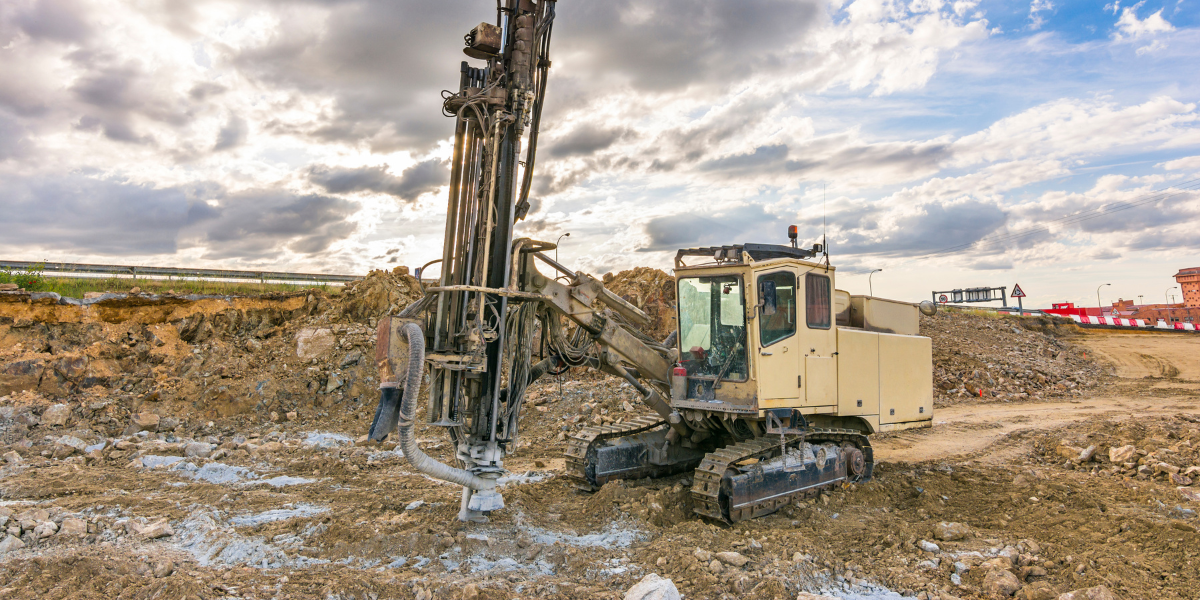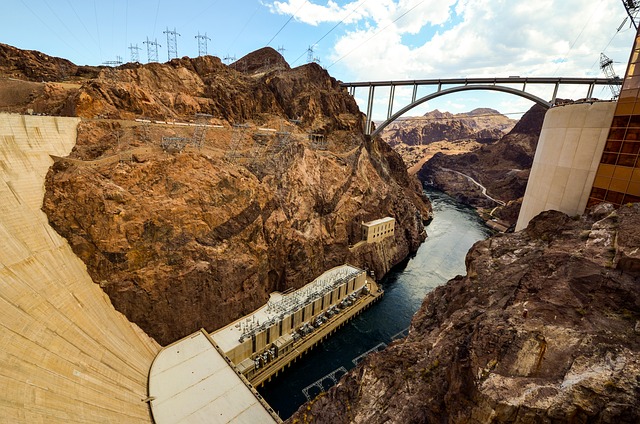Checking Out the Vital Function of Consulting Engineers in Geotechnical Projects: A Detailed Introduction of Their Contributions and Responsibilities
Consulting engineers serve as critical figures within geotechnical tasks, charged with the complex duties of assessing subsurface problems and ensuring the structural integrity of buildings. As we discover the complex contributions of getting in touch with designers, it becomes obvious that their participation is important to browsing the obstacles fundamental in geotechnical ventures.
Introduction of Geotechnical Design
Geotechnical design is a crucial self-control within civil engineering that concentrates on the actions of planet products and their communication with frameworks. This area incorporates the study of soil, rock, groundwater, and the mechanics regulating their properties and behaviors. Geotechnical engineers evaluate the physical and chemical buildings of these materials to identify their suitability for different building and construction projects, guaranteeing that structures are established on stable and reputable ground.

Furthermore, geotechnical engineers must think about environmental aspects, such as soil contamination and groundwater administration, to promote sustainable growth. Their experience is vital in optimizing the design and building and construction processes, eventually adding to the longevity and security of civil design projects.
Secret Duties of Consulting Engineers

Furthermore, they are in charge of creating layout specifications and specifications that follow regulatory criteria and ideal techniques. This consists of examining site conditions and determining appropriate building and construction approaches, which is critical for decreasing threats connected with ground instability.
Consulting engineers also act as liaisons in between different stakeholders, consisting of customers, professionals, and regulatory bodies, helping with clear communication and cooperation throughout the job lifecycle. consulting civil engineering companies. They provide skilled guidance during building and construction, guaranteeing that geotechnical facets are properly attended to and that any unanticipated obstacles are managed successfully. Ultimately, the multifaceted duties of consulting engineers are basic to the integrity and success of geotechnical jobs, affecting both safety and sustainability in building and construction practices
Site Analyses and Examinations
A thorough site analysis is important for comprehending the subsurface problems that affect geotechnical projects. Consulting engineers play a critical function in performing these analyses to ensure the safety and viability of construction activities. This process commonly involves a collection of investigations, including soil tasting, borehole drilling, and geophysical studies, to collect critical information on dirt residential properties, groundwater degrees, and the geological context of the website.
Engineers assess the gotten information to recognize the possible obstacles postured by the subsurface problems, such as dirt instability or high groundwater degrees, which can impact the style and execution of the job. Furthermore, site evaluations assist in examining the existence of impurities, which is essential for environmental compliance and making sure public safety and security.
In addition, consulting engineers coordinate with multidisciplinary groups to integrate findings from website investigations into more check comprehensive job over at this website goals. Through strenuous documents and reporting, they offer important understandings that educate stakeholders regarding the suitability of the website for suggested developments. Inevitably, the thoroughness of site analyses lays the structure for effective preparation and engineering solutions, mitigating dangers associated with unforeseen subsurface problems.
Style and Risk Monitoring
After carrying out extensive website evaluations, speaking with designers concentrate on the design and threat management facets of geotechnical projects. This stage is crucial as it ensures that the crafted remedies are not only efficient yet also safe and sustainable (consulting civil engineering companies). Designers utilize their knowledge to establish designs that deal with the details geotechnical problems determined during the website assessments, consisting of dirt residential properties, groundwater actions, and potential dangers
Threat management is indispensable to this procedure, as it entails recognizing, analyzing, and mitigating prospective threats connected with the job. Designers use various analytical techniques and modeling strategies to forecast the behavior of soil and rock under different loading conditions. By examining unpredictabilities and potential failure modes, they can propose style adjustments that boost security and lower risk.
Additionally, getting in touch with engineers guarantee compliance with appropriate codes and criteria, which are essential for lessening responsibilities. They additionally prepare contingency plans to deal with unforeseen difficulties that might emerge during construction. Through precise style and aggressive threat monitoring, getting in touch with engineers play a vital role in making sure the safety and security, capability, and long life of geotechnical jobs, eventually adding to the general success of the construction endeavor.
Cooperation With Job Stakeholders
Effective collaboration with project stakeholders is vital for the success of geotechnical projects. Consulting designers play an essential function in helping with communication amongst different parties, consisting of clients, find out here now contractors, regulatory authorities, and ecological experts. This partnership ensures that all stakeholders have a clear understanding of task goals, timelines, and potential threats.
Consulting engineers are responsible for incorporating stakeholder input into the layout and execution of geotechnical solutions - consulting civil engineering companies. By proactively involving with stakeholders, they can determine concerns early in the task lifecycle, allowing prompt changes and mitigating prospective conflicts. This positive approach not just fosters depend on but additionally enhances job efficiency
Additionally, seeking advice from designers should browse the complexities of regulative conformity, making sure that all geotechnical techniques align with lawful and environmental requirements. Their knowledge in this location is essential in keeping open lines of communication with regulative bodies, consequently facilitating smoother approvals and allowing procedures.
Conclusion
